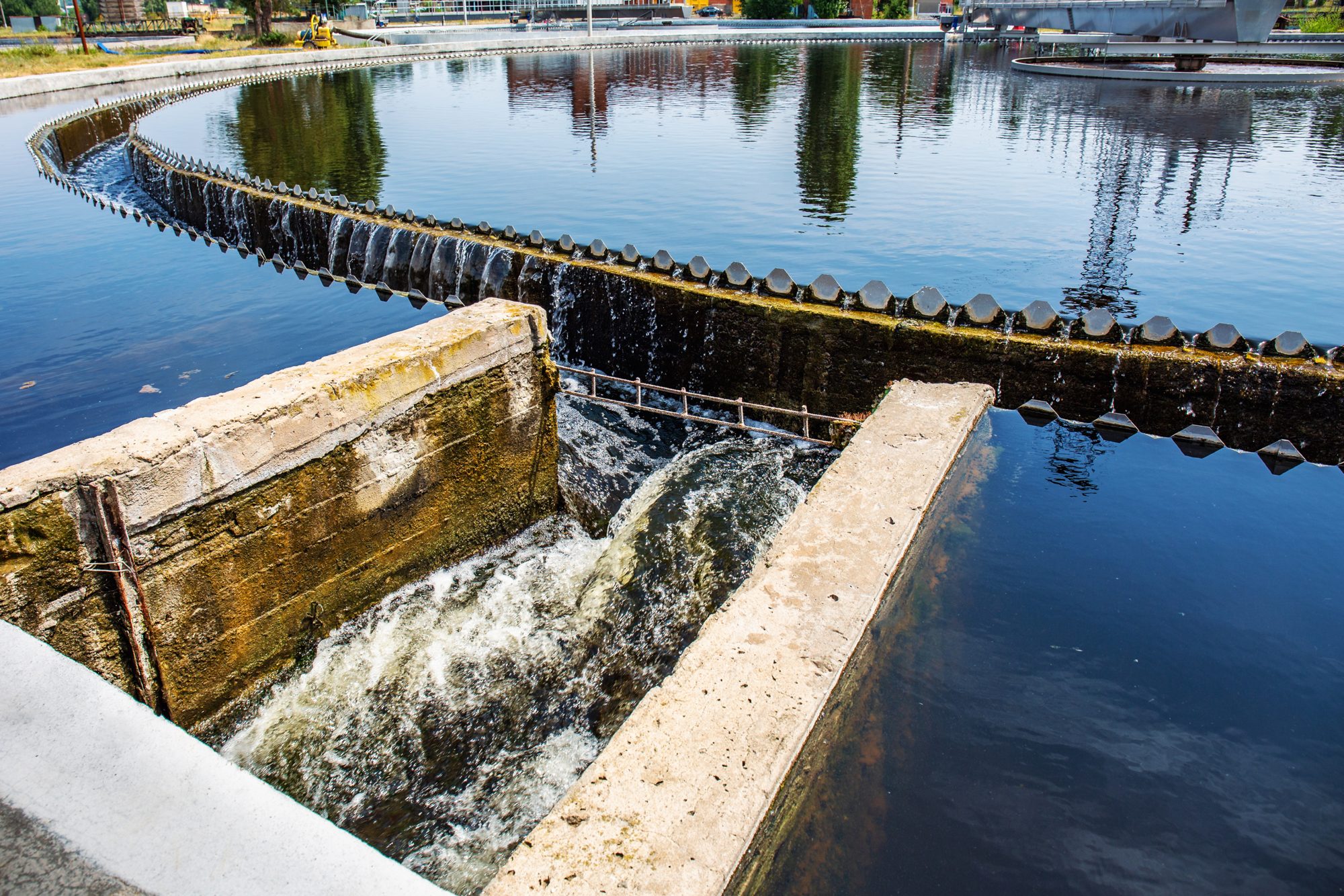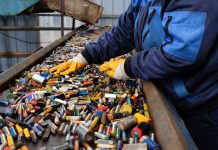Health risks are associated with reclaimed water that is used for road cleaning, greenfield irrigation and landscape fountains
Water reclamation is the process of converting sewage or industrial wastewater into water that can be reused for a variety of applications.
It is often widely used in urban areas, but research shows that residual pathogens are frequently present in recycled water and pose health risks.
Therefore it is paramount that we understand how to recycle water safely in order to ensure the safety of all potential users.
What is reclaimed water used for?
Common applications include:
- Road cleaning
- Greenfield irrigation
- Landscape fountains
Why can water reclamation be dangerous?
Water reclamation can produce significant amounts of aerosols, which can cause illness in individuals exposed to these toxic aerosols.
However, it is worth pointing out that studies on reclaimed water and its associated risks are few in number and often the amount of reclaimed water inhaled was simply estimated by hypothesis.
Aerosol exposure during reclaimed water utilisation
Researchers estimated the health risks associated with the potential exposure of airborne Legionella emitted from the urban use of reclaimed water in China.
A nationwide questionnaire investigated the exposure habits of the Chinese population in different scenarios:
1) people walk on the sidewalk where road cleaning is taking place;
2) people walk along a greenfield in a park for recreational purposes where an irrigation system is in operation;
3) people pass by the ornamental landscape fountain.
Is Legionella a risk?
The results demonstrated the annual infection probability of populations exposed to Legionella for three scenarios:
- 0.0764 for road cleaning
- 1.0000 for greenfield irrigation
- 0.9981 for landscape fountains
The team concluded that the results were markedly higher than the threshold recommended by WHO (10−4 per person per year) according to the concentration distribution of Legionella in the reclaimed water.
The authors of the study found that age-, educational background-, region- and gender-specific data in annual infection probability also showed different tendencies for some subpopulations.
What can be done to reduce the risks associated with reclaimed water?
Actions must be taken to lower the risks of potential transmission of Legionella during water reuse.
For example, recycled water should be disinfected before being used for road cleaning and landscape fountains.
Additionally, Legionella growth could be mitigated by reducing the retention time of water in the tank.
Furthermore, warning signs should be erected near reclaimed water sites considering that the high risks of certain subgroups are mainly due to the coincidence of their recreational activities with the time of reclaimed water utilisation.











